Description
Sucker Catfish (Hypostomus plecostomus) – Comprehensive Overview
The Sucker Catfish, commonly known as the Plecostomus or Pleco, is a popular freshwater fish that belongs to the family Loricariidae. This species is native to the rivers and lakes of South America, particularly in the Amazon Basin and its tributaries. Renowned for its unique appearance and algae-eating habits, the Sucker Catfish has become a favorite among aquarium enthusiasts looking for a natural solution to keep their tanks clean.
Appearance
Sucker Catfish typically exhibit a distinctive, elongated body with a flattened belly and a large mouth equipped with bristle-like structures called papillae, which they use to scrape algae off surfaces. Their coloration ranges from dark brown to greenish or grayish tones, often featuring lighter spots or patterns that provide effective camouflage in their natural habitat. Adult Sucker Catfish can grow quite large, reaching lengths of 12 to 24 inches (30 to 61 cm), making them a significant presence in any aquarium.
Behavior and Temperament
Sucker Catfish are generally peaceful and sociable, making them suitable for community tanks. They are primarily nocturnal, often becoming more active during the night when they forage for food. While they can be territorial, especially as they mature, they usually coexist well with other fish, provided they have enough space and hiding spots. It’s recommended to keep them in groups or pairs to ensure their well-being and reduce stress.
Tank Requirements
To create an optimal habitat for Sucker Catfish, consider the following tank requirements:
- Tank Size: A minimum of 75 gallons is recommended for adult Sucker Catfish due to their size and territorial nature.
- Water Parameters: Ideal water conditions include a temperature range of 24°C to 28°C (75°F to 82°F) and a pH level between 6.5 and 7.5. They prefer well-filtered water with moderate flow.
- Aquascaping: Provide plenty of hiding spots using driftwood, rocks, and caves, as Sucker Catfish appreciate shelter during the day. A sandy or smooth substrate is also ideal, as it prevents injury to their delicate skin.
Diet and Feeding
Sucker Catfish are primarily herbivores but are also omnivorous. Their diet should include:
- Algae Wafers: High-quality sinking wafers designed for herbivorous fish.
- Vegetables: Blanched zucchini, cucumbers, and peas provide essential nutrients.
- Protein Sources: Supplement their diet with high-quality pellets and occasional live or frozen foods like brine shrimp or bloodworms.
Feeding should occur 1-2 times daily, with small portions they can consume in a few minutes.
Breeding
Breeding Sucker Catfish in captivity can be challenging, as they require specific conditions:
- Conditioning: Separate males and females and provide a high-quality diet to condition them for spawning.
- Spawning: Create a breeding environment with plenty of caves and flat surfaces for the female to lay eggs. Males will typically guard the eggs and provide parental care.
- Egg Care: The eggs will hatch within a few days, and the fry can be fed infusoria until they are large enough for standard fish food.
Health and Common Issues
While Sucker Catfish are generally hardy, they can be susceptible to certain health issues, including:
- Ich (White Spot Disease): A common parasitic infection that can be treated with appropriate medications.
- Fin Rot: Often caused by poor water quality, which can be prevented through regular maintenance.
- Skin Flukes: Regular monitoring and prompt treatment are necessary to prevent infestations.
Maintaining optimal water quality and a balanced diet will help keep these fish healthy and thriving.
Lifespan
With proper care, Sucker Catfish can live for 10 to 15 years, providing long-lasting enjoyment and a vital role in maintaining a clean aquarium.
Conclusion
The Sucker Catfish is an excellent addition to any freshwater aquarium, known for its algae-eating capabilities and unique appearance. With the right care, these fish can thrive and enhance the beauty of your aquatic environment. Visit your local aquarium shop in Kukatpally, Hyderabad, to explore these fascinating fish and discover how they can improve your aquarium experience!

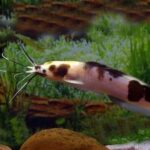
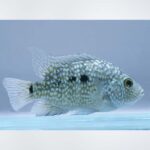
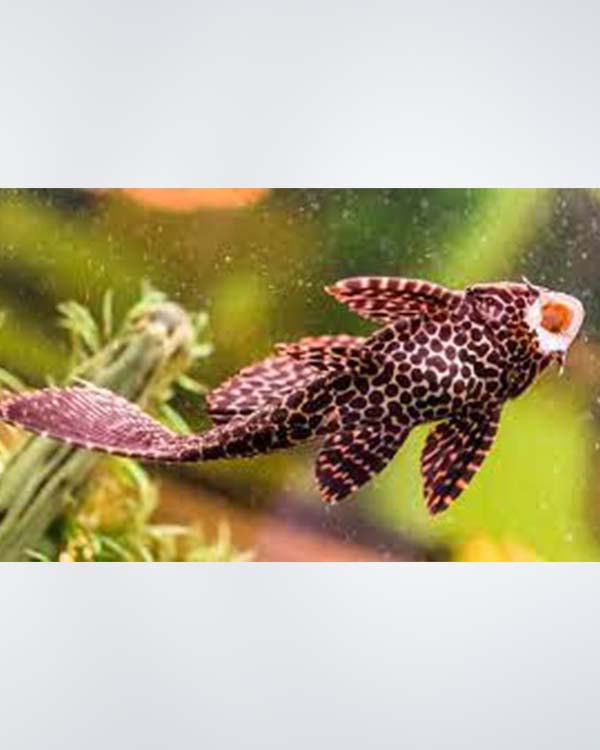

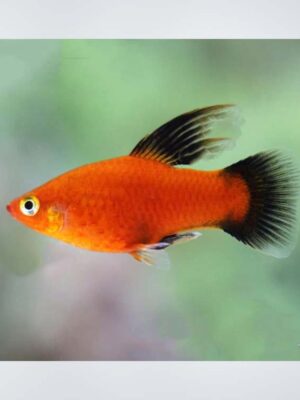
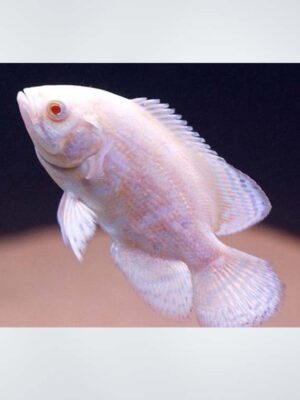
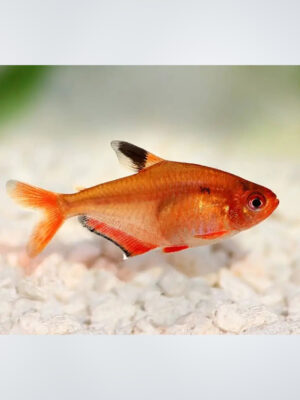
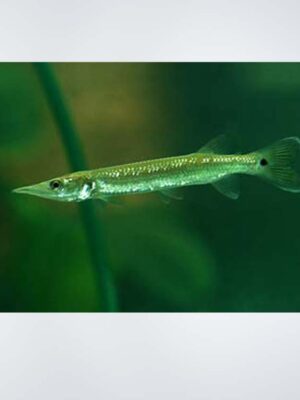
Reviews
There are no reviews yet.